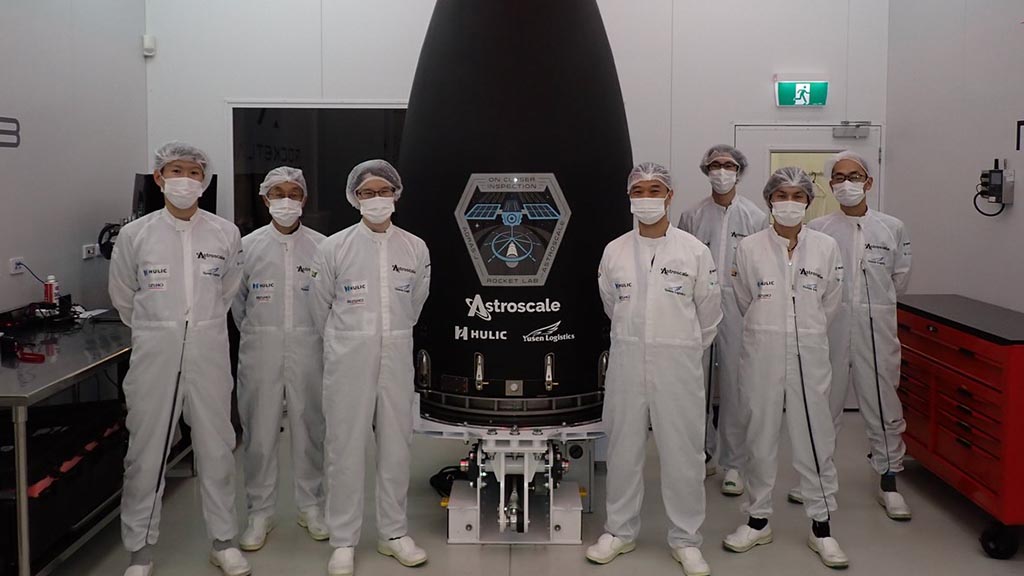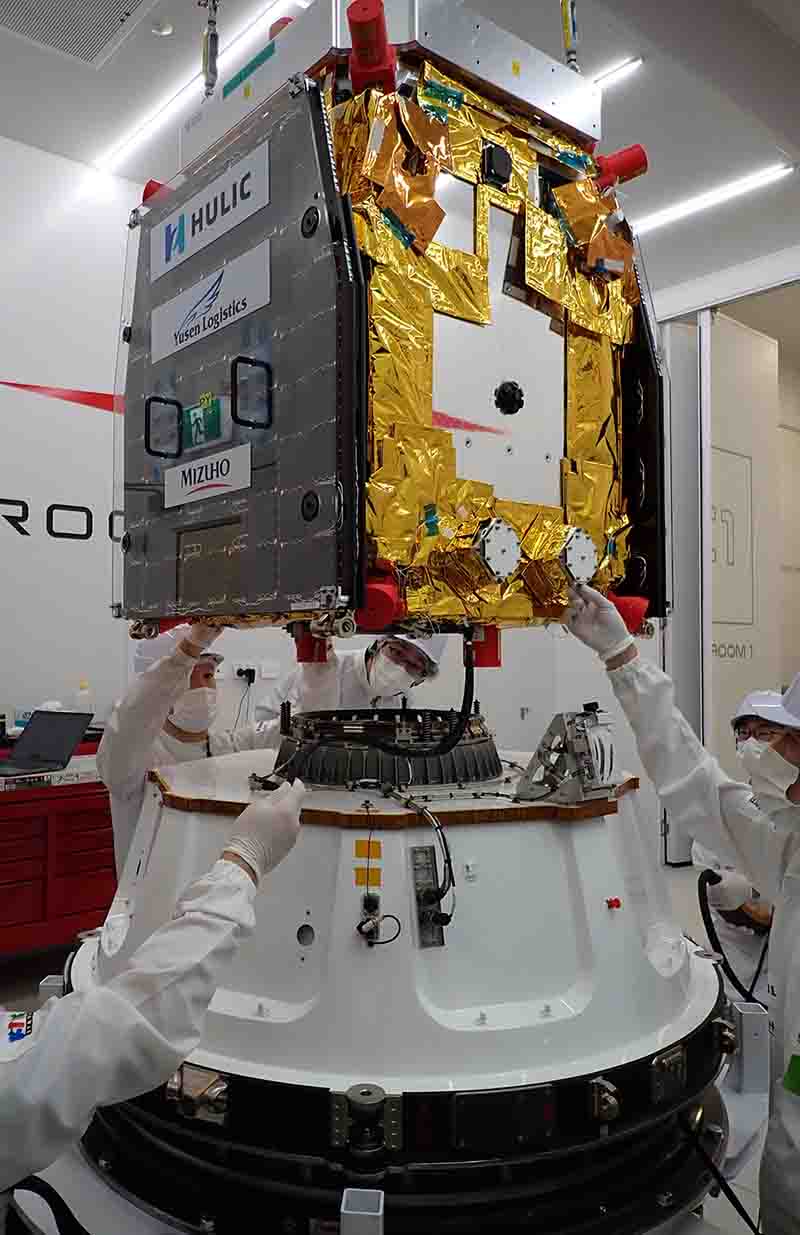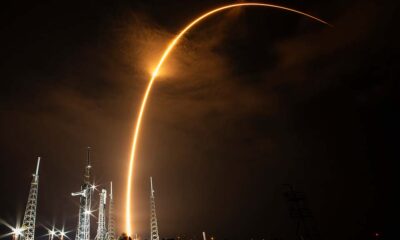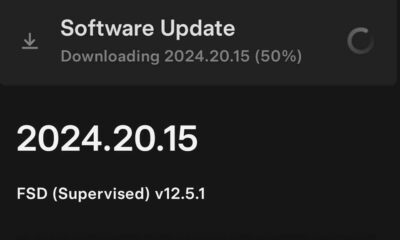Rocket Lab
Rocket Lab will launch Japanese ADRAS-J space debris inspection satellite

Rocket Lab will launch Astroscale Japan’s commercial debris inspection demonstration satellite, Active Debris Removal by Astroscale-Japan (ADRAS-J) by this month.
Rocket Lab named this mission “On Closer Inspection” and announced a 14-day window that opens on the date starting Sunday, February 18 UTC (Monday, February 19 NZDT). The mission will take off from Launch Complex 1 in Mahia, New Zealand.
The satellite was shipped from Astroscale Japan’s headquarters in Tokyo in October 2023. Rocket Lab is preparing for the launch of this mission at its facility in addition to operational control testing from the Mission Control Center in Tokyo.
Japan Aerospace Exploration Agency selected the ADRAS-J spacecraft for phase one of its commercial removal of the debris demonstration program. Astroscale is commanding the design, manufacture, test, launch, and operations of ADRAS-J.

Astroscale’s ADRAS-J Satellite (credit – Astroscale)
This mission aims to move, identify, and survey the state of an existing piece of large debris through Rendezvous and Proximity Operations (RPO).
The satellite is designed to rendezvous with a Japanese H2A upper-stage rocket body. It is approximately 11 meters long, 4 meters in diameter, and weighs around 3 tons.
Once launched, the ADRAS-J satellite will approach an aged, derelict rocket stage in orbit to observe it closely. It will demonstrate proximity operations and gather images to estimate the rocket body’s movement and condition of the structure.
The satellite will observe the Japanese H-2A upper stage left in low Earth orbit after the launch of the GOSAT Earth observation satellite in 2009.
“To enable the rendezvous with a non-cooperative space object requires a dedicated launch, highly responsive mission planning, and extremely tight margins on orbital parameters,” revealed Rocket Lab.
The mission requires accurate orbital insertion with tight margins than required on standard missions. Additionally, the exact T-0 will be decided the day before launch, and the required LTAN accuracy only allows for +/- 15 seconds.
More information about the launch date will be shared by the rocket company.
(source)












